Traditional Muharram mourning ceremonies, rituals across Iran
By Maryam Qarehgozlou
Every year, in the month of Muharram, mourners beat their chests, chant soul-stirring elegies with heavy hearts, and shed tears over the tragic martyrdom of Imam Hussain (AS), his family and loyal companions.
Filled with great sorrow, the mourners, most dressed in black, pour into streets in small and big groups to not only mourn the greatest tragedy but also to renew and reaffirm their pledge of allegiance to the great Imam.
This is a familiar scene in all countries across the world in the month of Muharram, including Iran.
However, there are cultural features of these Muharram commemorations that differ from country to country. In Iran, some cultural customs and traditions of mourning have a long history. Let us look at some of them.
Tashtgozari
Literally meaning “putting a washtub,” Tashtgozari is a ritual performed in the northwestern province of Ardebil.
On Dhu al-Hijjah 27, three days before the start of Muharram, mourners carry washtubs into the mosques while reciting elegies and prayers. They are filled with water and placed in a special place inside mosques.
The washtubs and the water within them symbolize the water of the Euphrates River, and the ritual is a reminder of its blockade to Imam Hussain (AS) and his family and companions three days before Ashura.
On the first day, Tashtgozariis rituals are performed in Ardabil city's grand mosque, followed by other mosques and hussainiyas (a kind of congregation halls designated for religious ceremonies).
Mourners later drink the water in the washtub which they consider holy (tabarruk).
This ritual dates back 600 years. It has been added to Iran’s intangible cultural heritage list.
Nakhlgardani
Nakhl, meaning a palm tree in the Persian language, is a big wooden structure that symbolizes Imam Hussain's (AS) coffin.
It is believed that after Imam Hussain (AS) was martyred, his body was carried on palm tree (Nakhl) leaves to his burying place. This could be one of the reasons the ritual has got its name, say historians.
The ritual, mostly performed in cities and towns in desert areas including central Yazd province, is held on the 10th day of Muharram, also known as Ashura, when the battle of Karbala took place.
The Nakhl, shaped like a tree leaf, is a chamber-like structure with a gable roof covered with a very big black cloth.
Mourners usually start decorating it with mirrors, knots, daggers, colorful shawls, flowers and photos of local martyrs some days before Ashura.
The structure is very bulky and is lifted and carried around by tens of strong men, in what resembles a funeral procession.
While some carry the heavy symbolic coffin around, others accompany them by beating their chests and mourning while reciting soulful elegies.
People in cities including Semnan, Damghan, Qom, Kashan, Abyaneh, Khor-Biabanak, Zavareh, Ardestan, and Naeen observe the ritual, however, the ones performed across Yazd province stand out.
Some historical documents say the ritual dates back to the Safavid era (1501-1736). The erstwhile ruling dynasty declared Shiism as Iran’s official religion, and since then Muharram observances, inextricably intertwined with Shia identity, took center stage in the country.
Shah Hussein Gouyan
Shah Hussein Gouyan is another Muharram ritual performed across Iran’s northwestern province of East Azarbaijan and most conspicuously in Tabriz.
The ritual, meaning “calling King Hussein” in the Persian language, is known as “Shakhsi” in the Turkish language.
In this ritual, men, hold relatively long sticks in one handline up in orderly queues, while putting their other hand on the back of the person standing next to them.
They march slowly, or in some cases move slightly from side to side in a standing posture.
They bring their sticks next to their head then move them down to their feet and repeat the move again and again while shouting Imam Hussain’s (AS) name.
It resembles a military parade with the stick symbolizing a sword. The way they move their sticks while mourning looks like they are wielding swords.
The mourners symbolically express readiness to join the caravan of Imam Hussain (AS) and his companions in the battle of Karbala.
Putting hands behind each other's back and moving in an orderly fashion serve as an emblem of their unity.
People observe the ritual some days before the start of Muharram and continue doing it every night until Ashura.
It is also said to date back to the Safavid era. This ritual too has been inscribed on the national intangible cultural heritage.
Karbzani
In the northern Iranian province of Gilan, mourners lament for Imam Hussain (AS) by performing a ritual known as karbzani.
Mourners, walk in orderly lines while beating two pieces of cylindrical wooden instruments, called “karb” in Gilaki language, against one another, according to an established rhythm.
The ritual bears a resemblance to chest-beating but instead of beating their chests, the mourners hit the two karbs together.
The karbs are small enough to fit into the mourners’ palms and are fixed to their hands by rubber bands.
The word “karb” means a great sorrow. When beaten together, the karbs produce a sad tune.
Some say the ritual came to be when the late poet Mohammad Ebrahim Ghabraei travelled to Karbala in the early 19th century and was inspired by the mourning rituals Iraqis performed.
He then adapted the ritual in accordance with his hometown's cultural elements like that of harvest season, developed new rhythms and composed poems to settle into those rhythms.
It is said that the ritual connotes the repentance and regret of those who reneged on their pledge to support Imam Hussain (AS) against Yazid, fearing reprisal.
Karbzani took place for the first time in the Sherbafan neighborhood in Lahijan city of Gilan and then spread to other northern cities and provinces such as Mazandaran.
The ritual is normally performed during the first 10 days of Muharram. It is also registered on Iran’s intangible heritage list.
Iran: US airstrikes on Yemen war crimes, violation of international law
Yemeni armed forces down F-18 fighter jet, repel US-UK attack: Spokesman
Iran warns against US-Israeli plot to weaken Muslims, dominate region
VIDEO | Public uproar in US against Israeli regime
‘Ghost town’: 70% of Jabalia buildings destroyed by Israel
Mother’s Day: Sareh Javanmardi’s inspiring journey as Paralympic champion and mother
Russia downs over 40 Ukrainian drones as Putin vows 'destruction' on Kiev
VIDEO | Yemen: A bone in Israeli neck


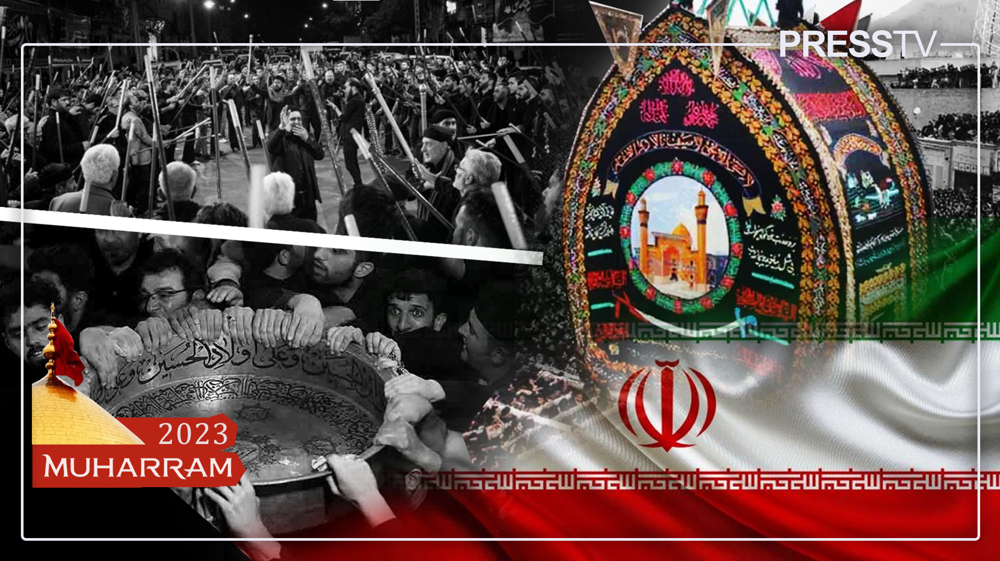
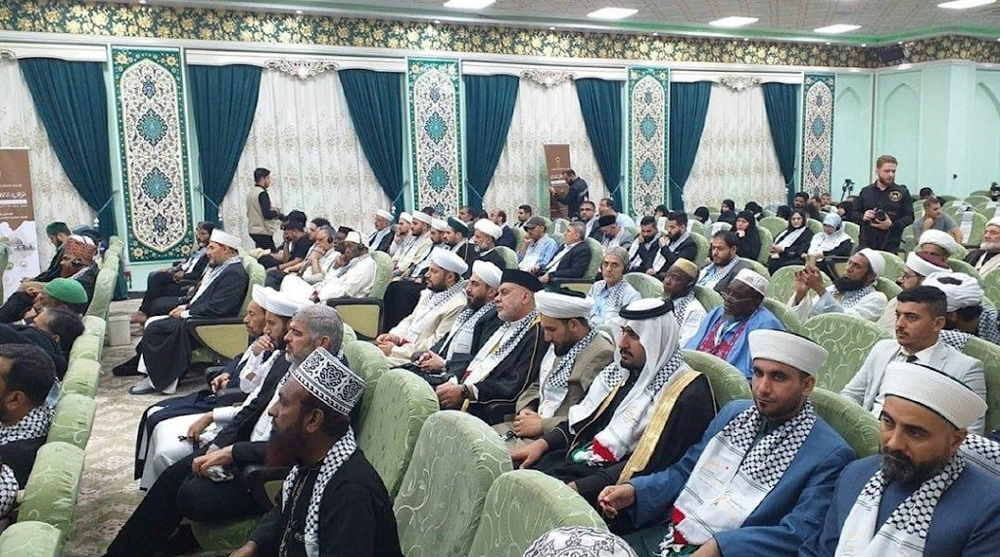
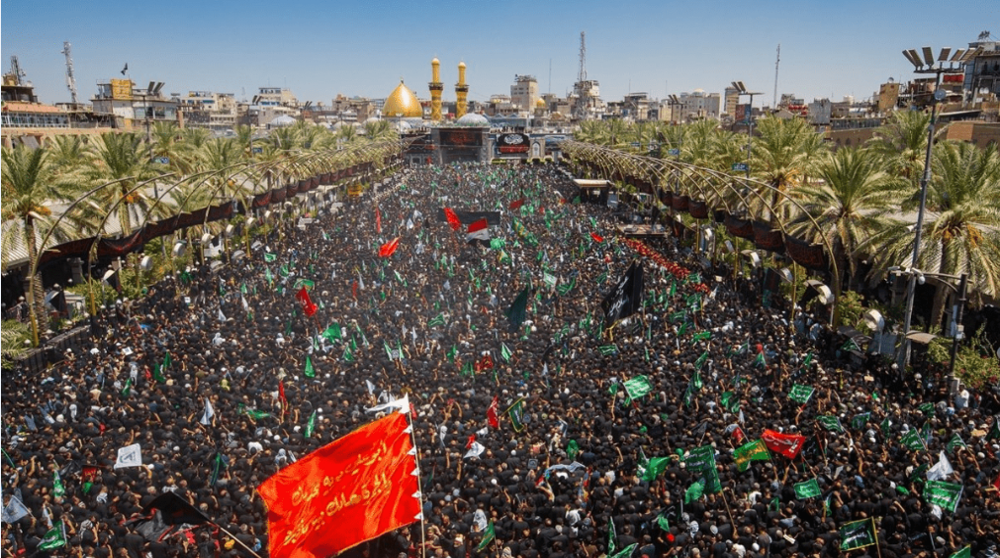
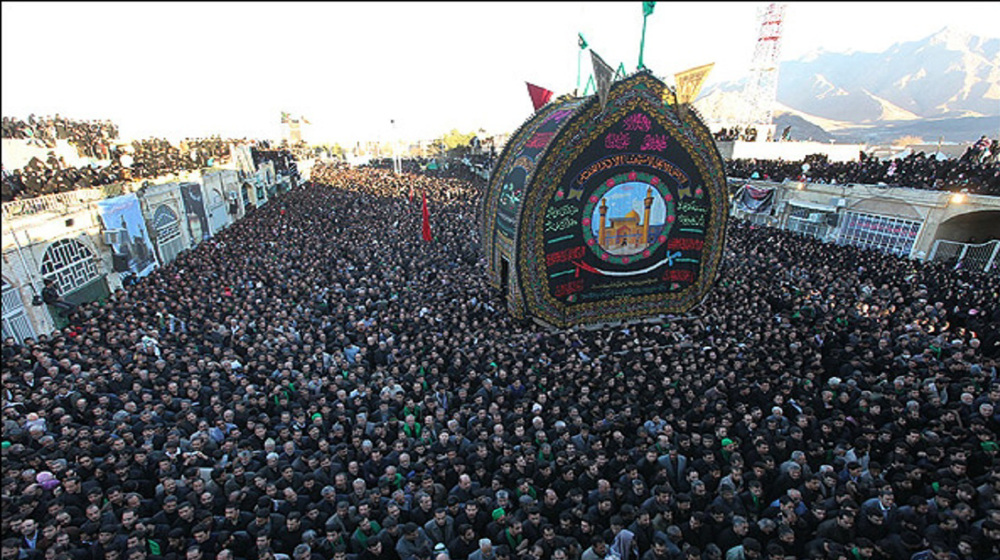



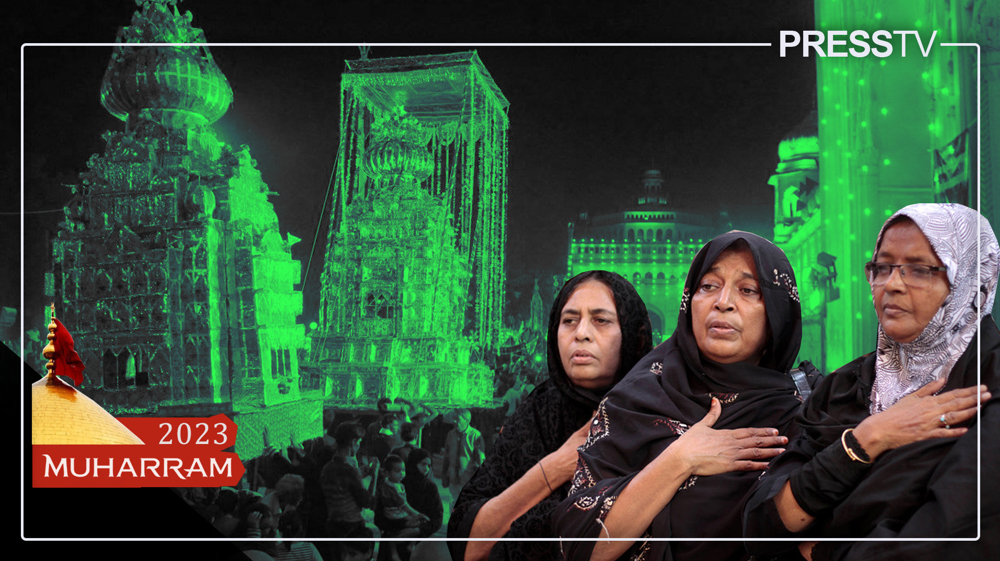
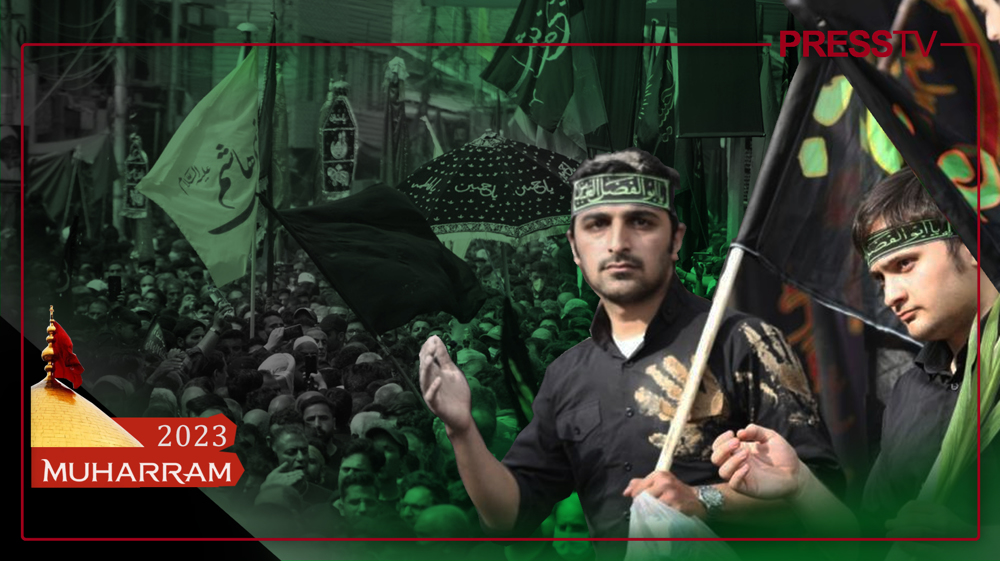


 This makes it easy to access the Press TV website
This makes it easy to access the Press TV website